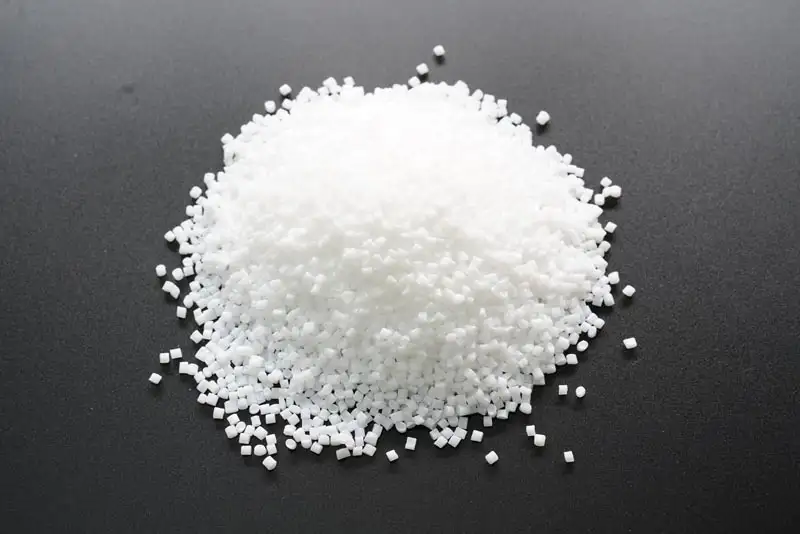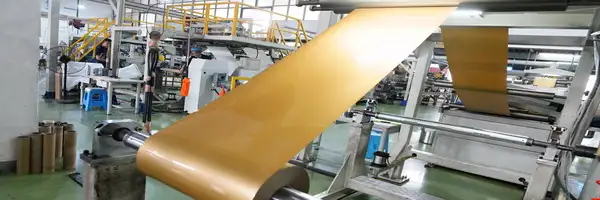PE, PP, PS, PET Material químico Introducción

Polyethylene (PE)

Aplicaciones: cling film, vest-type plastic bags, plastic food bags, milk bottles, carrying buckets, water bottles, etc.
Characteristics: PE is soft, waxy to the touch, lighter in mass compared to equivalent plastics, has a certain degree of transparency, and burns with a blue flame.
Toxicity: non-toxic, harmless to human body.
Commercially available high density polyethylene (HDPE), density 0.945~0.96g/cm3, melting point 125~137 degrees Celsius.
Linear low density PE (LLDPE), density 0.925 g/cm3, melting point 120~125 degrees Celsius.
High pressure low density PE (HP-LDPE), density 0.918 g/cm3, melting point 105-115 degrees C.
Polypropylene(PP)

Aplicaciones: microwave tableware, basins, plastic buckets, thermos shells, woven bags, etc.
Characteristics: High chemical stability, good sanitary performance, high heat resistance. Microwave tableware can use plastic products marked with the word PP.
Toxicity: non-toxic, harmless to human body.
The polymer can have three three-dimensional structure: isotonic, inter-routine, random polypropylene, the first two can crystallize, the latter can not. Commercially available polypropylene products basically have an isogauge structure, with a melting point of 164 to 170 degrees Celsius and a density of 0.935 g/cm3 for the crystalline part and 0.851 g/cm3 for the non-clean part.
The biggest disadvantage of PP is that it is easy to oxidation aging. Now it is overcome by adding antioxidant and UV absorber.
Polyester (PET)

Aplicaciones: plastic beverage bottles, medicine bottles, cosmetic bottles, oil bottles, and various bottle caps and insulation caps.
Characteristics: Good transparency, not easy to break, good chemical stability, suitable for a variety of liquid or solid pharmaceutical packaging. Good opacity to ultraviolet light.
Toxicity: non-toxic.
Polyethylene terephthalate (abbreviated PET) is a typical representative of saturated polyester, which can be used to make fibers, films and plastics, etc.
Polystyrene (PS)

Aplicaciones: disposable plastic tableware, combs, boxes, ballpoint pen sticks, children's toys, plastic shopping bags.
Characteristics: High transparency and glossy surface.
Toxicity: The material itself is non-toxic. The production of disposable tableware will use a lot of heavy metals and other prohibited additives, and the water, vinegar and oil contained in food dissolve with each other and enter the human body, which may cause indigestion, local pain and liver system lesions and other diseases, affect the intellectual development of children, and in serious cases can lead to gallstones, heavy metal poisoning and even cell carcinogenesis. If the tableware contains industrial paraffin, it may even cause cancer.

